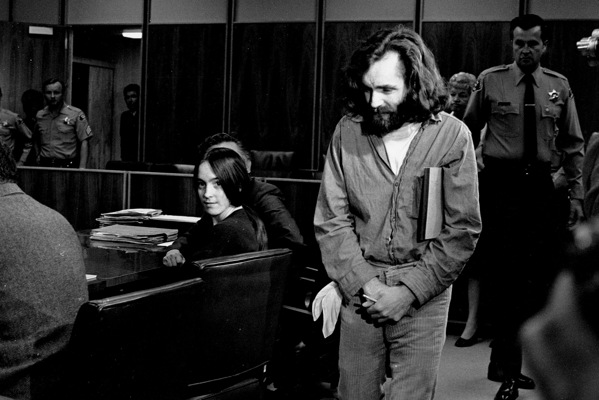10 Edgy Properties No Film Producer Dared To Touch
Yet.

 They said it could never be made! The film they didnt want you to see! Old-time movie-poster hyperbole played up the outrage to the point where, to quote exploitation moviemaker Russ Meyer, you were getting more sizzle than steak. But then there were the books that were supposedly unfilmable: unreliable stories told by amoral narrators; surreal or bizarrely structured narratives that wouldnt translate to a linear script; transgressive acts which, while just about tolerable on the page, didnt bear thinking about onscreen. The way that films mainstream, art-house or B-movies got around it was to offer an approximation of the text that watered down its wildest excesses. Both Bret Easton Elliss 1990 novel AMERICAN PSYCHO and Mary Harrons 2000 screen version are red-clawed satires of vicious capitalist misanthropy, but the child murder, cannibalism and evisceration of a hooker understandably didnt make it into the movie. William S. Burroughs 1959 THE NAKED LUNCH was long considered unfilmable because of its nauseatingly surreal imagery and fractured, non-linear narrative; Cronenberg solved it in his 1991 film by marrying the books science fiction-like elements to biographical details of author Burroughs own seedy early life. Even the Marquis de Sade got housetrained: whereas his most extreme books are so chock-full of sexual violence that theyve been widely available in English for less than 30 years, most film adaptations are fairly tame Euro-gothic (though Pasolinis SALO: THE 120 DAYS OF SODOM was banned in many countries for its art-house atrocities). We live in a culture where almost anything (except for, say, the overt racism of early film epic THE BIRTH OF A NATION) is considered viable for viewing consumption. All the more remarkable, then, that a handful of hard-edged stragglers still resist transfer to the screen...
They said it could never be made! The film they didnt want you to see! Old-time movie-poster hyperbole played up the outrage to the point where, to quote exploitation moviemaker Russ Meyer, you were getting more sizzle than steak. But then there were the books that were supposedly unfilmable: unreliable stories told by amoral narrators; surreal or bizarrely structured narratives that wouldnt translate to a linear script; transgressive acts which, while just about tolerable on the page, didnt bear thinking about onscreen. The way that films mainstream, art-house or B-movies got around it was to offer an approximation of the text that watered down its wildest excesses. Both Bret Easton Elliss 1990 novel AMERICAN PSYCHO and Mary Harrons 2000 screen version are red-clawed satires of vicious capitalist misanthropy, but the child murder, cannibalism and evisceration of a hooker understandably didnt make it into the movie. William S. Burroughs 1959 THE NAKED LUNCH was long considered unfilmable because of its nauseatingly surreal imagery and fractured, non-linear narrative; Cronenberg solved it in his 1991 film by marrying the books science fiction-like elements to biographical details of author Burroughs own seedy early life. Even the Marquis de Sade got housetrained: whereas his most extreme books are so chock-full of sexual violence that theyve been widely available in English for less than 30 years, most film adaptations are fairly tame Euro-gothic (though Pasolinis SALO: THE 120 DAYS OF SODOM was banned in many countries for its art-house atrocities). We live in a culture where almost anything (except for, say, the overt racism of early film epic THE BIRTH OF A NATION) is considered viable for viewing consumption. All the more remarkable, then, that a handful of hard-edged stragglers still resist transfer to the screen...